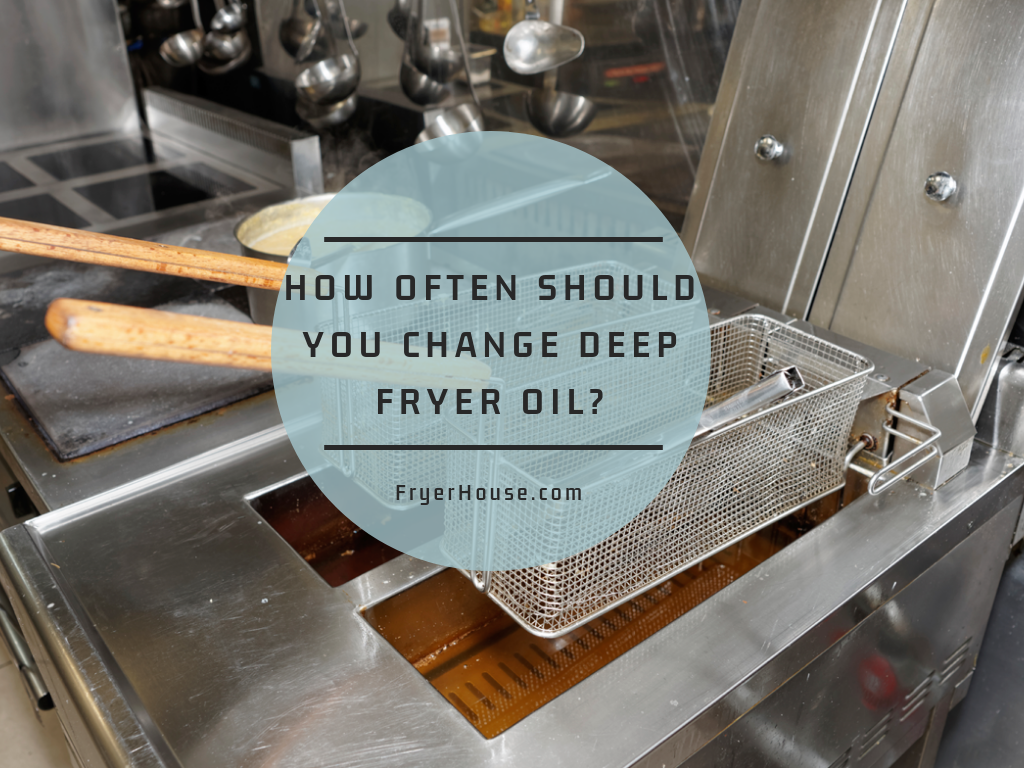
A deep fryer is great for chicken and French fries, as everyone who has a deep fryer knows. But it can also be used for many other foods.
If you’re an adventurous person, you can try to deep fry just about anything to see how it turns out, like avocado, ice cream, and corn on the cob. This leads to a natural question: how to change deep fryer oil?
The answer depends on many factors. It will depend on what kinds of foods you deep fry and how often you use the deep fryer. Even your budget can affect the answer.
So here are a few tips to help you out:
- If you have the budget for it, you can change the deep fryer oil each time you use the deep fryer. You can do this even if you use the deep fryer every day. After all, you can afford it. New oil just results in better-tasting food, since the quality of the oil deteriorates when you reuse it.
- Do you only use your deep fryer every 2 weeks or even less frequently? If that’s the case, it’s best if you change the deep fryer oil after each time you use the deep fryer. It’s not that expensive if you do it only every 2 weeks, and besides you won’t have to store the oil. The oil won’t be as good anyway.
- If you do reuse the oil, change it after reusing it once. At the most, you can use the oil 3 times in total and then you absolutely have to change it.
- To see if you can reuse the oil, take a whiff of it. Does it smell? If so, then it’s rancid and it’s no longer viable. Change it to make sure.
- If you make a mistake and reuse oil that you shouldn’t have, you most likely will notice that the quality of the deep-fried food isn’t as yummy as it was before (when you used brand new oil). If the food tastes funny or it doesn’t look right, just change the oil.
- If you don’t trust your own observational skills, maybe you can use the chemical tests that some people in the food industry (like restaurant owners) use to test the oil. These test strips and devices can check either the free fatty acids (FFA) or the total polar compounds (TPC) to tell you if the oil has gone bad and no longer fir for use.
These chemical tests are the most accurate ways to check the quality of the oil. But these tests are often only used by restaurant owners because it may be too expensive for regular homeowners.
So unless you’re in the food industry, don’t spend money on the chemical tests. Just rely on what you see and smell. Your own senses are enough.
If the food looks weird or the oil smells bad, or if the food tastes yucky, then it’s time to change the oil. It’s that simple.
- Make These 10 Delicious Appetizers in Your Air Fryer - September 22, 2023
- How to Cook Lamb Shoulder Chops in Air Fryer? - September 13, 2023
- How to Cook Crinkle Fries in Air Fryer? - September 13, 2023

